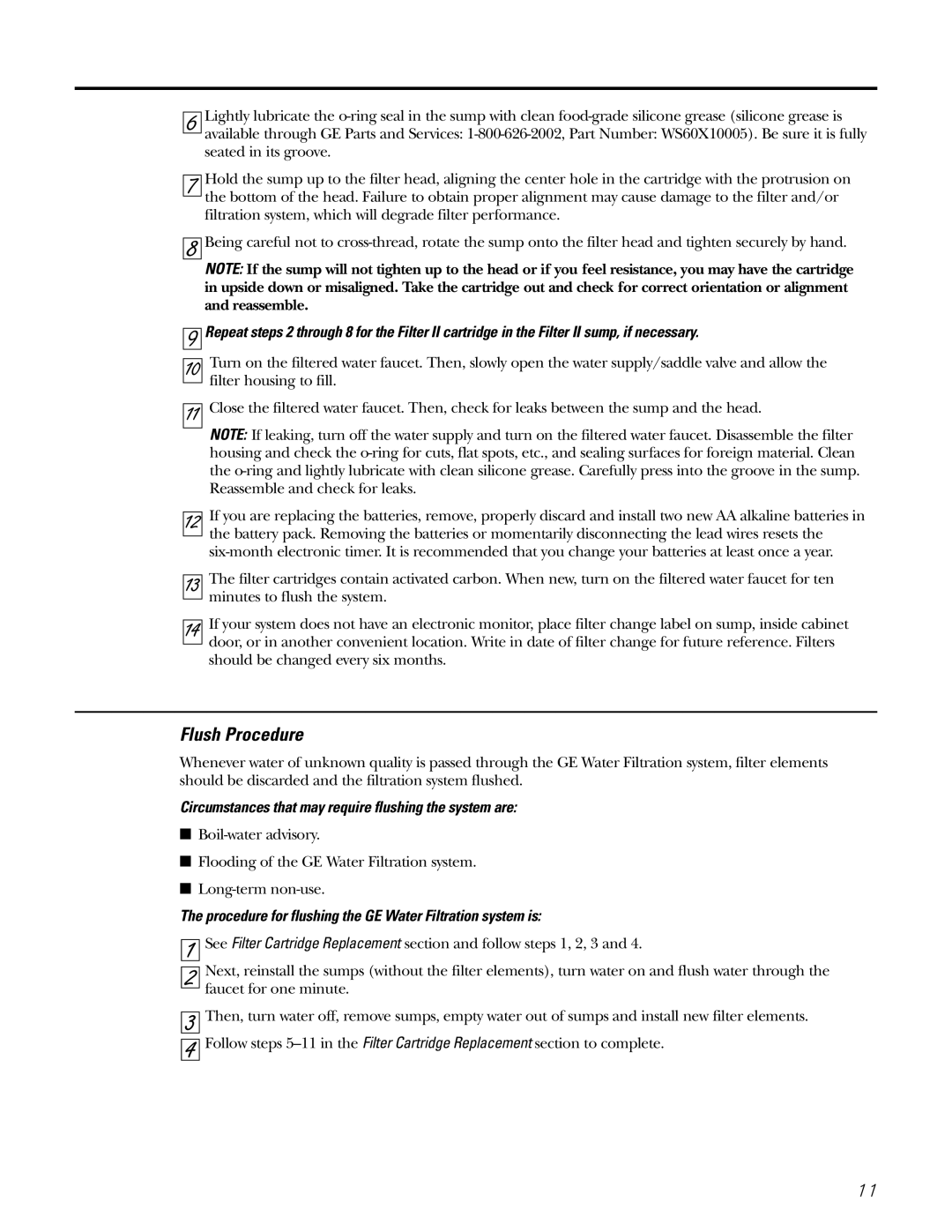GNSV30CWW, GN1S15CBL (REV. 2), GNSV30CCC, GNSL05CBL (REV. 2), GNSV25CBL specifications
General Electric (GE) has been a pioneer in the field of electrical and electronic devices, and its line of products continues to reflect innovation and practicality. Among them, models like the GNSV25CBL, GNSL05CBL (REV. 2), GNSV30CCC, GN1S15CBL (REV. 2), and GNSV30CWW stand out for their advanced features and applications in various industrial settings.The GNSV25CBL is engineered for high-performance applications, featuring robust build quality and enhanced energy efficiency. It operates efficiently even under varying load conditions, making it suitable for both residential and commercial installations. The compact design allows for versatile mounting options, and its user-friendly interface simplifies operation and troubleshooting.
Next in line, the GNSL05CBL (REV. 2) introduces cutting-edge technology with its integrated monitoring capabilities. This model includes sensors that track performance metrics, enabling proactive maintenance and minimizing downtime. The model also incorporates smart technology, allowing users to interface with their devices via mobile applications, providing real-time data analysis and remote operation.
The GNSV30CCC is crafted for demanding environments, combining heavy-duty construction with state-of-the-art thermal management systems. Its ability to dissipate heat efficiently extends the lifespan of components, while its high reliability makes it a trusted choice for critical systems. Additionally, it supports multiple communication protocols, ensuring seamless integration with existing infrastructure.
The GN1S15CBL (REV. 2) further enhances energy management through its advanced energy-saving features. This model is designed with eco-friendly materials and operates on reduced power consumption, making it ideal for environmentally conscious users. Its intuitive design facilitates easy installation and maintenance, allowing for quick upgrades in any setting.
Lastly, the GNSV30CWW is a versatile unit known for its adaptable performance across various applications. It delivers superior power management and has built-in safeguards to protect against overloads and surges. This model is particularly popular in sectors requiring high levels of reliability and efficiency, including manufacturing and distribution.
Together, these models demonstrate GE's commitment to innovation and quality, encompassing a range of technologies aimed at enhancing performance and reliability. As industries move towards smarter solutions, GE continually evolves its product offerings to meet the diverse needs of customers across the globe.

